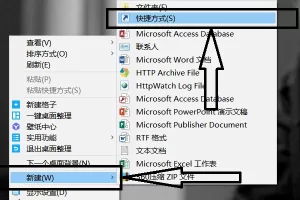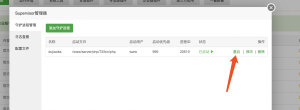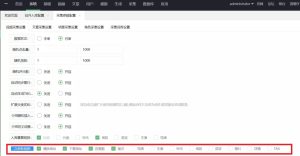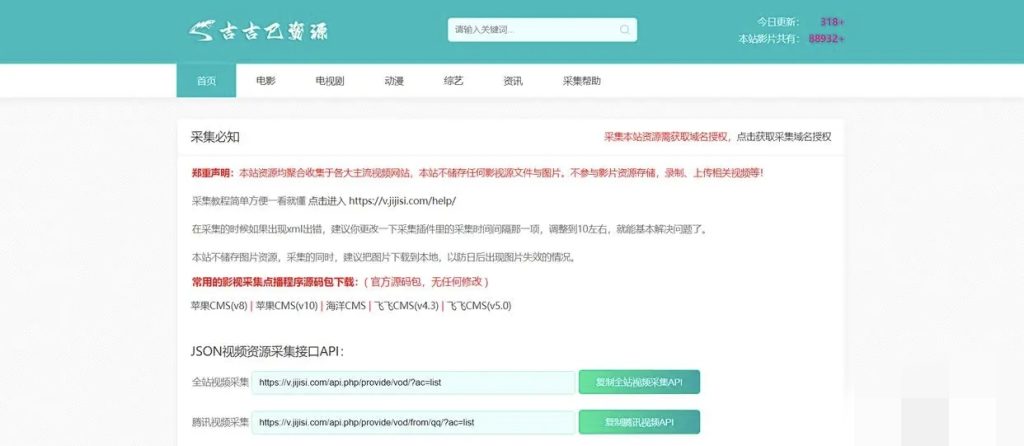在现代网页设计中,动态元素可以为用户提供更丰富的交互体验。一个有趣且实用的功能是显示网站已经运行了多久。这不仅可以为用户提供网站稳定性的直观印象,还能增强网页的动态效果。在这篇文章中,我将向你展示如何在网站底部实现一个炫酷的动态运行时间计时器。
效果演示
![图片[1]-在网站底部实现炫酷的动态运行时间计时器-轻云博客](http://www.tmcns.cn/wp-content/uploads/2025/02/1000061734-1024x331.jpg)
实现步骤
1. 准备HTML结构
首先,我们需要在网站的<footer>部分添加HTML结构,用于显示计时器。我们将使用一个简单的<div>和<span>来包含计时器文本。
<footer style="background-color: #ffffff; padding: 20px; border-top: 1px solid #e0e0e0; text-align: center;">
<div class="container">
<div id="timer">
<p>本站已经稳定运行了:<span id="span_dt_dt"></span></p>
</div>
</div>
</footer>
2. 添加CSS样式
接下来,我们使用CSS为计时器添加样式和动画效果。为了使数字更加引人注目,我们为其添加颜色和脉动动画。
<style>
#timer {
font-size: 2rem;
line-height: 1.5;
animation: fadeIn 2s ease-in-out;
}
.highlight {
color: #007BFF; /* 蓝色 */
font-weight: bold;
animation: pulse 1s infinite;
}
@keyframes fadeIn {
from { opacity: 0; }
to { opacity: 1; }
}
@keyframes pulse {
0%, 100% { transform: scale(1); }
50% { transform: scale(1.1); }
}
</style>
3. 编写JavaScript逻辑
最后,我们需要使用JavaScript来计算从网站注册日期到当前时间的年、天、小时、分钟和秒数。我们将使用setTimeout每秒更新计时器。
如何判断年份是否为闰年
如果要判断年份是否为闰年,请依照下列步骤执行:
1、如果年份被 4 整除,则移至步骤 2。 否则,请跳至步骤 5。
2、如果年份被 100 整除,则移至步骤 3。 否则,请跳至步骤 4。
3、如果年份被 400 整除,则移至步骤 4。 否则,请跳至步骤 5。
4、该年份为闰年(有366天)。
5、该年分不是闰年(有365天)。
<script>
function isLeapYear(year) {
return (year % 4 === 0 && year % 100 !== 0) || (year % 400 === 0);
}
function showDateTime() {
const birthDay = new Date("10/6/2024 15:55:39");
const today = new Date();
const timeOld = today - birthDay;
const msPerDay = 24 * 60 * 60 * 1000;
let yearsOld = today.getFullYear() - birthDay.getFullYear();
const adjustedBirthDay = new Date(birthDay);
adjustedBirthDay.setFullYear(today.getFullYear());
if (today < adjustedBirthDay) {
yearsOld--;
}
let totalDaysOld = Math.floor(timeOld / msPerDay);
let daysOld = totalDaysOld;
for (let year = birthDay.getFullYear(); year < birthDay.getFullYear() + yearsOld; year++) {
daysOld -= isLeapYear(year) ? 366 : 365;
}
const hrsOld = Math.floor((timeOld % msPerDay) / (60 * 60 * 1000));
const minsOld = Math.floor((timeOld % (60 * 60 * 1000)) / (60 * 1000));
const seconds = Math.floor((timeOld % (60 * 1000)) / 1000);
document.getElementById('span_dt_dt').innerHTML = `
<span class="highlight">${yearsOld}</span> 年
<span class="highlight">${daysOld}</span> 天
<span class="highlight">${hrsOld}</span> 时
<span class="highlight">${minsOld}</span> 分
<span class="highlight">${seconds}</span> 秒`;
setTimeout(showDateTime, 1000);
}
showDateTime();
</script>
4. 整合到网站
将上述HTML、CSS和JavaScript代码片段添加到你的网站底部<footer>部分。这样,计时器将自动显示并更新。
完整代码
<!-- 其他网站内容 -->
<footer style="background-color: #ffffff; padding: 20px; border-top: 1px solid #e0e0e0; text-align: center;">
<div class="container">
<div id="timer">
<p>本站已经稳定运行了:<span id="span_dt_dt"></span></p>
</div>
</div>
<style>
#timer {
font-size: 2rem;
line-height: 1.5;
animation: fadeIn 2s ease-in-out;
}
.highlight {
color: #007BFF; /* 蓝色 */
font-weight: bold;
animation: pulse 1s infinite;
}
@keyframes fadeIn {
from { opacity: 0; }
to { opacity: 1; }
}
@keyframes pulse {
0%, 100% { transform: scale(1); }
50% { transform: scale(1.1); }
}
</style>
<script>
function isLeapYear(year) {
return (year % 4 === 0 && year % 100 !== 0) || (year % 400 === 0);
}
function showDateTime() {
const birthDay = new Date("10/6/2024 15:55:39");
const today = new Date();
const timeOld = today - birthDay;
const msPerDay = 24 * 60 * 60 * 1000;
let yearsOld = today.getFullYear() - birthDay.getFullYear();
const adjustedBirthDay = new Date(birthDay);
adjustedBirthDay.setFullYear(today.getFullYear());
if (today < adjustedBirthDay) {
yearsOld--;
}
let totalDaysOld = Math.floor(timeOld / msPerDay);
let daysOld = totalDaysOld;
for (let year = birthDay.getFullYear(); year < birthDay.getFullYear() + yearsOld; year++) {
daysOld -= isLeapYear(year) ? 366 : 365;
}
const hrsOld = Math.floor((timeOld % msPerDay) / (60 * 60 * 1000));
const minsOld = Math.floor((timeOld % (60 * 60 * 1000)) / (60 * 1000));
const seconds = Math.floor((timeOld % (60 * 1000)) / 1000);
document.getElementById('span_dt_dt').innerHTML = `
<span class="highlight">${yearsOld}</span> 年
<span class="highlight">${daysOld}</span> 天
<span class="highlight">${hrsOld}</span> 时
<span class="highlight">${minsOld}</span> 分
<span class="highlight">${seconds}</span> 秒`;
setTimeout(showDateTime, 1000);
}
showDateTime();
</script>
</footer>
总结
通过简单的HTML、CSS和JavaScript,我们可以在网页底部实现一个动态的运行时间计时器。这不仅提升了页面的互动性,还为用户提供了网站稳定性的直观信息。希望这篇文章能帮助你为网站增添一个有趣而实用的功能。
© 版权声明
THE END














暂无评论内容